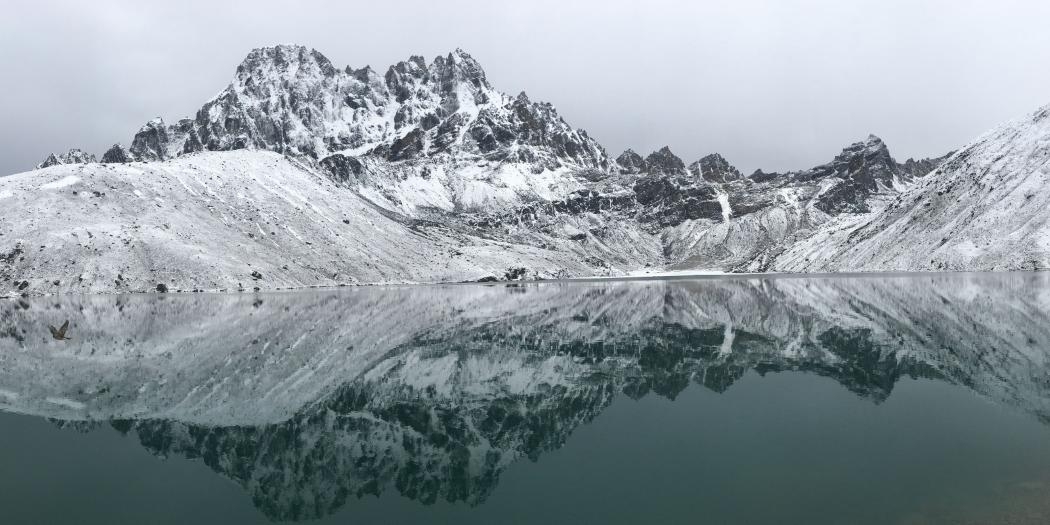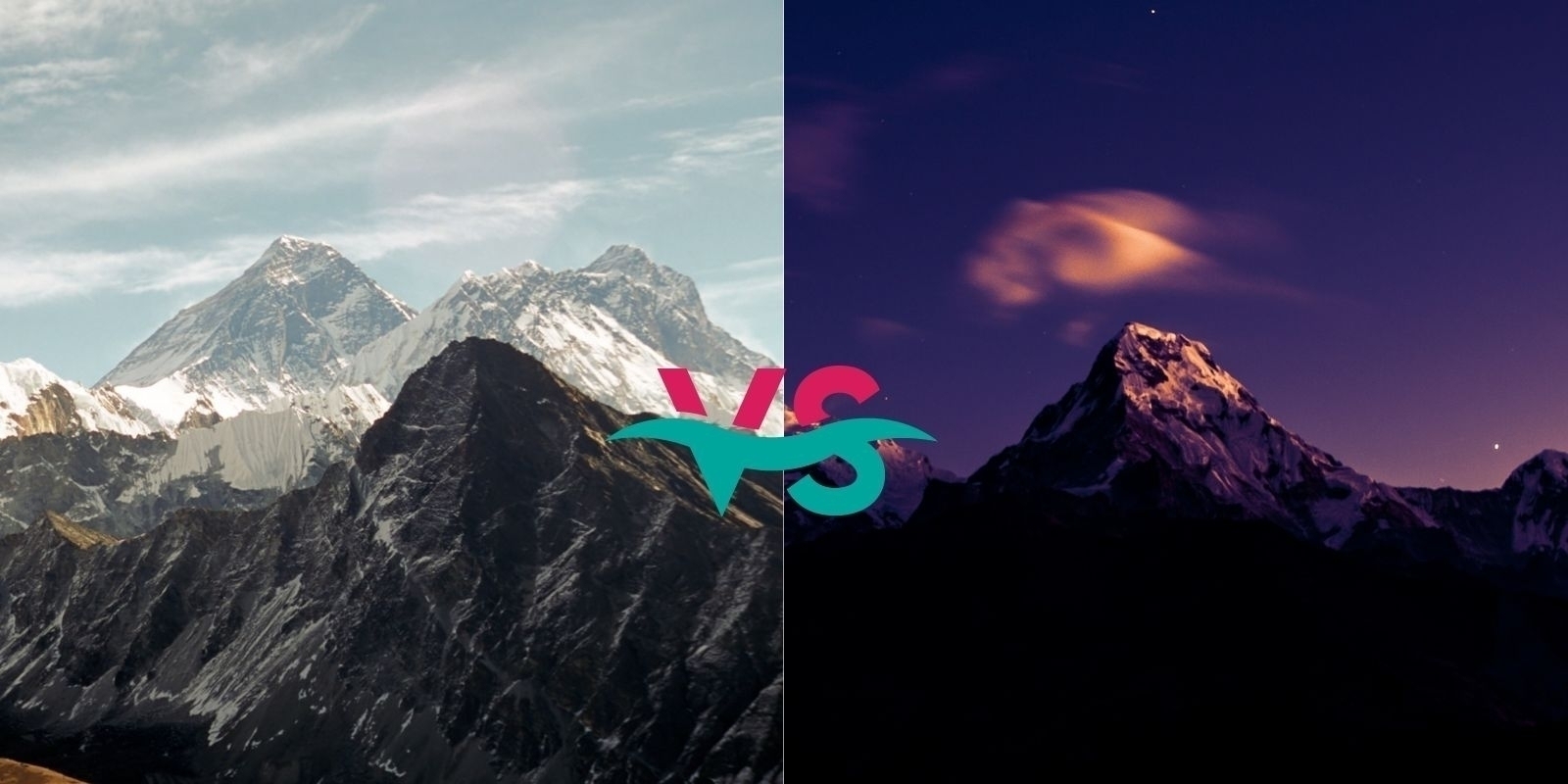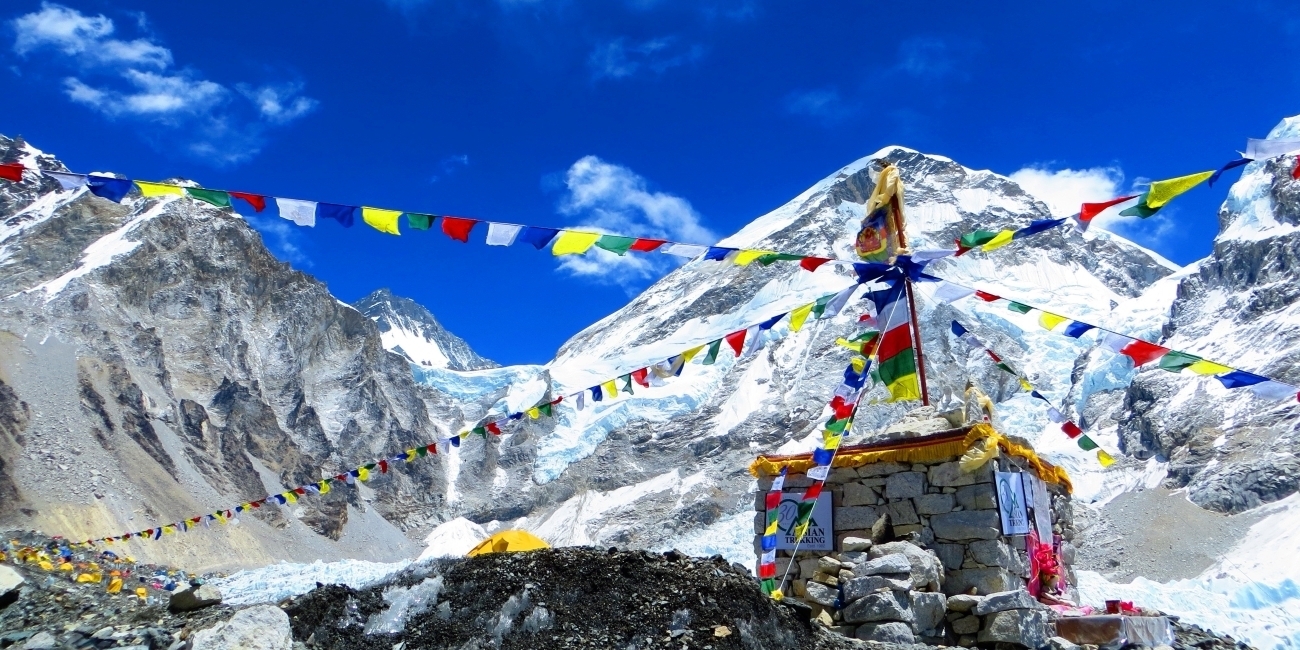
Backpacking to Everest Base Camp is a thrilling adventure that requires careful planning and preparation. The trek takes you through some of the most breathtaking landscapes in the world, but it also presents challenges due to high altitudes and varying weather conditions. Here's a detailed backpacking list for the Everest Base Camp trek:
1. Backpack:
Choose a comfortable and durable backpack with a capacity of around 40-50 liters to carry all your essentials. Make sure it has padded shoulder straps and a hip belt for comfort.
2. Clothing:
3. Footwear:
4. Gear:
5. Personal Items:
6. Electronics:
7. Food and Water:
8. Miscellaneous:
9. Optional Items:
Remember to pack light and efficiently, as you'll be carrying your backpack for many days. Properly layer your clothing to adapt to changing temperatures, and be prepared for the challenging terrain and high altitudes. Hiring a local guide and porter can also be beneficial for a more comfortable and safer trekking experience at Everest Base Camp.

Which is harder Everest Base Camp or Annapurna?Both the Everest Base Camp trek and the Annapurna trek are challenging and require physical fitness and...

Embarking on the Everest Base Camp Trek with Gokyo Lakes is not just a journey; it's an odyssey through the Himalayan paradise. This iconic trek combi...

If you've ever dreamt of immersing yourself in the grandeur of some of the world's tallest peaks, the Everest Base Camp trek in Nepal offers...
